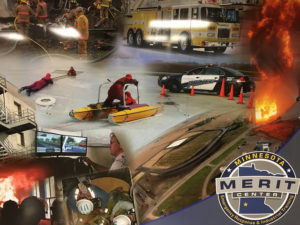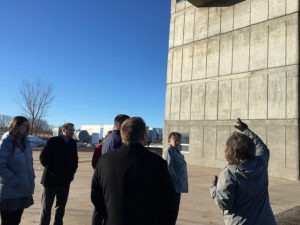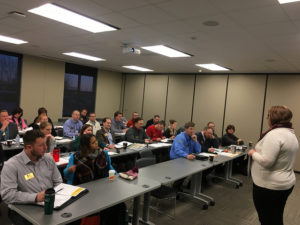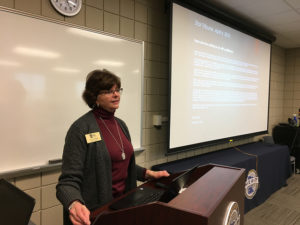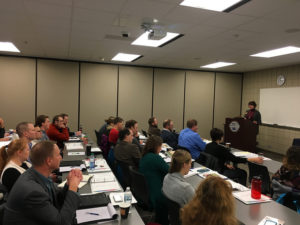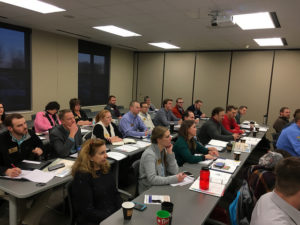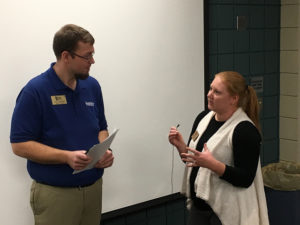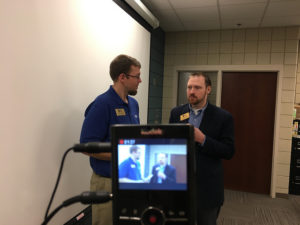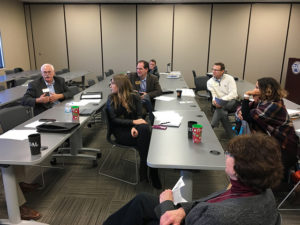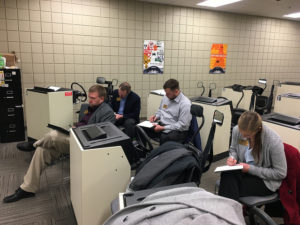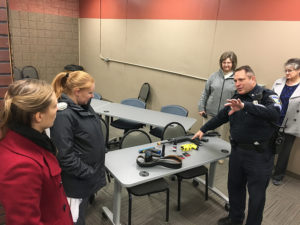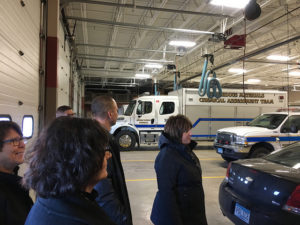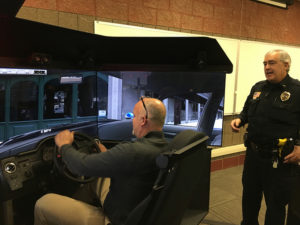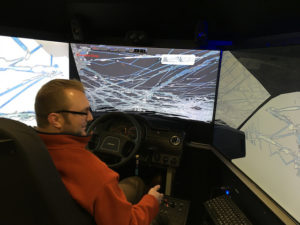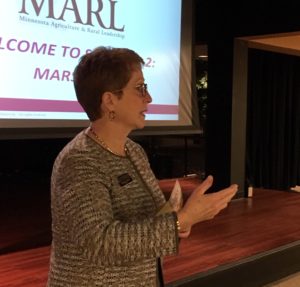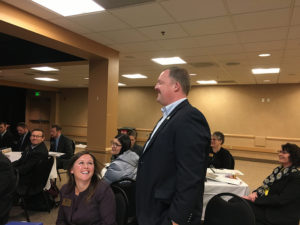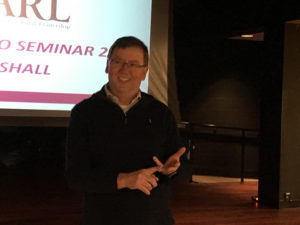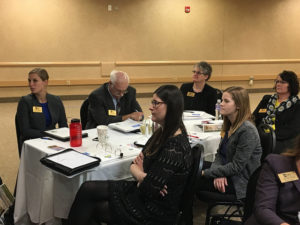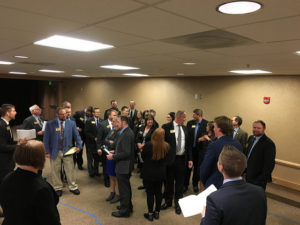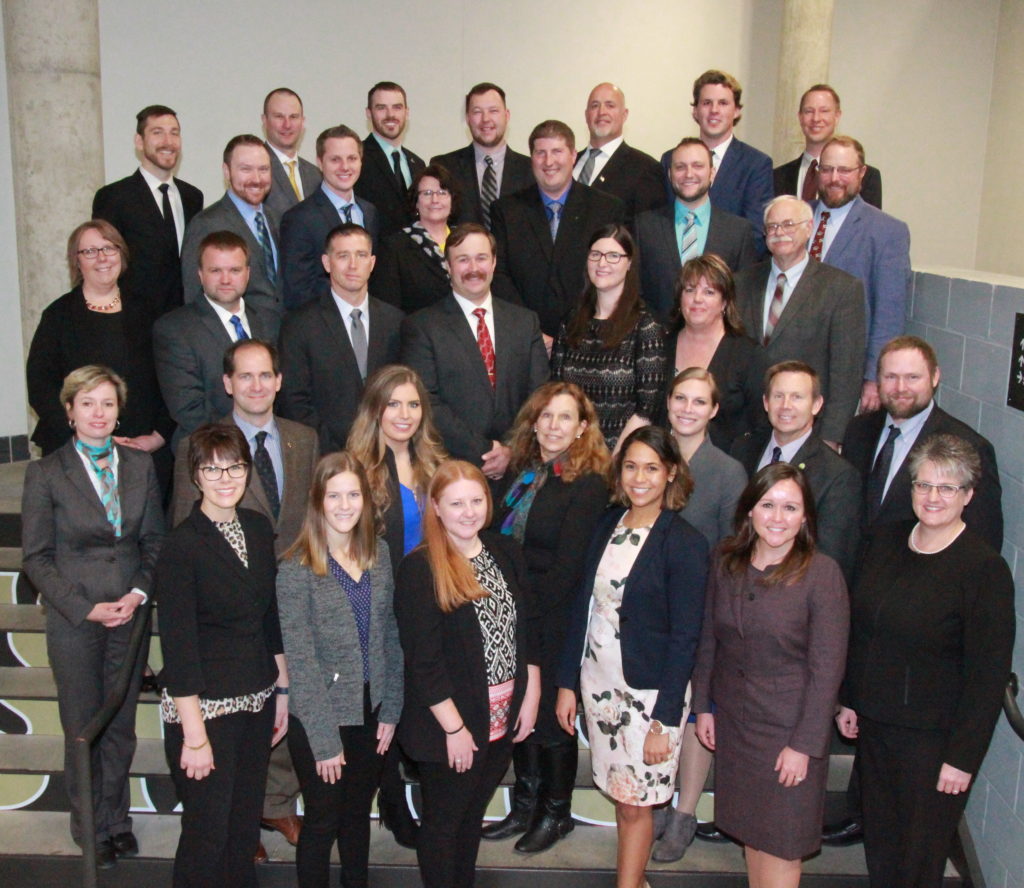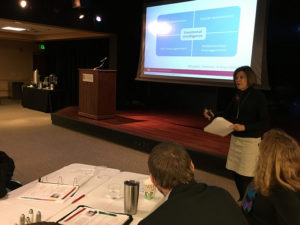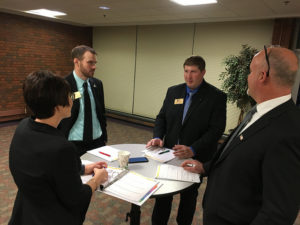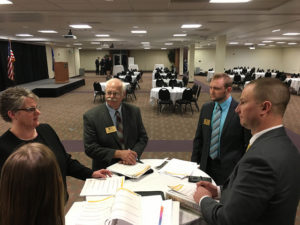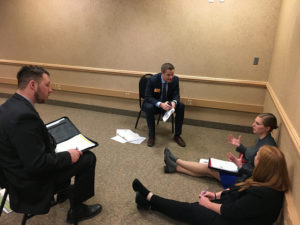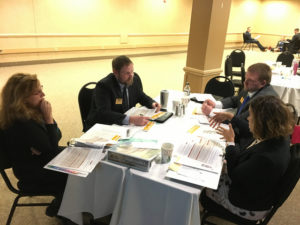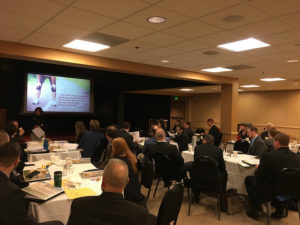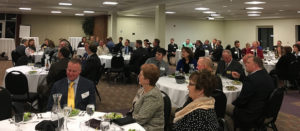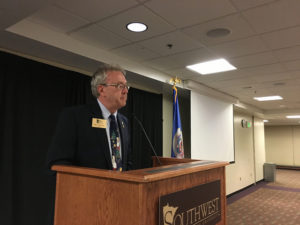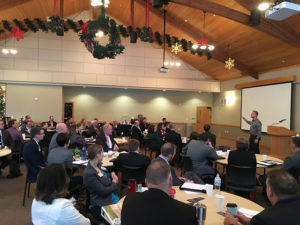
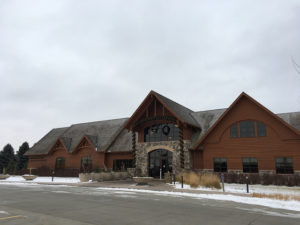
On day 2 of our Marshall MARL session we had the pleasure of traveling to Brookings, SD for a joint session with the South Dakota Agriculture and Rural Leadership (SDARL) class X. The day started with an opportunity to meet and mingle with the SDARL class at McCrory Gardens in Brookings prior to settling in for a day with our featured speaker, Matt Booth. Matt kept us engaged for the rest of the morning and into the afternoon with his “Tell me something good” message. By asking people to “Tell me something good” rather than simply asking “How are you”, we can effectively encourage people to think about what is good in their life. For some, “something good” may simply be nice weather or that it is Friday, while for others it may help them think about something good in their life that can help brighten their day. This opportunity to be a beacon of light to those around you can have a ripple effect in a negative world.
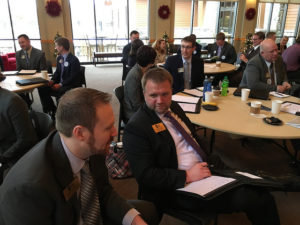
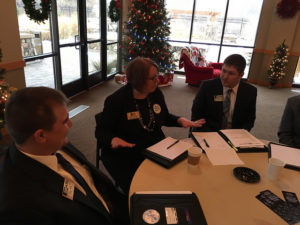
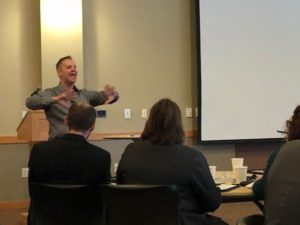

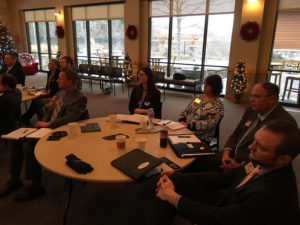
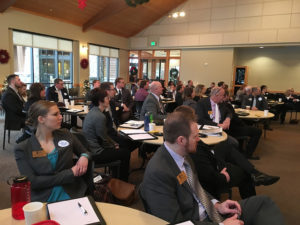
Matt’s attitude inventory exercise, in which we scored our own attitude as well as the attitude of the five people with whom we spend the most time, was great in identifying whose attitude lifts us up and who pulls us down. This is a great exercise for both work and personal life, and can be used as a coaching tool to improve our attitude as well of as those around us. A few numbers related to this: 87% of people who work with someone with a bad attitude have considered changing jobs, and 93% of people who work with negative people believe their productivity decreases as a result.
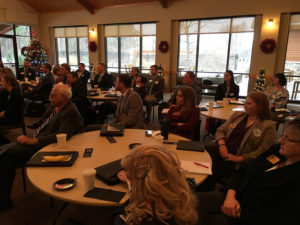
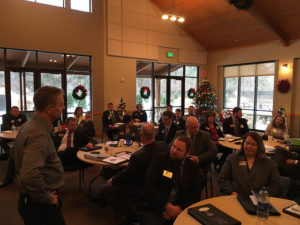

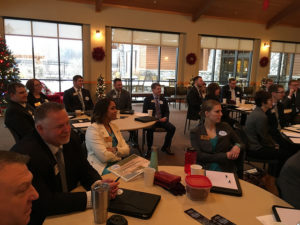
The NEEDS to live a mostly positive life provided some good guidelines to follow. They are:
Navigating Negativity: Who are you spending time with, where are you receiving your news, etc.
Energy: Are you getting enough sleep, what is your diet, are you drinking enough water?
Engagement: Remember that 20-25% of people are going through something serious in their lives. Instead of telling them it could be worse, empathize with them and help them through the process.
Direction: Know your purpose and plan. Set goals.
Source of Power: Find something other than yourself that gives you power. This could be religion, meditation, etc.
Specifically on direction and goal setting, we took time to write down ten goals and set a calendar alert to review goals each month. We also took a picture of our goals. By doing this, we accomplished the three key steps to goals: 1) Write them down, 2) Carry them with you, and 3) Review them
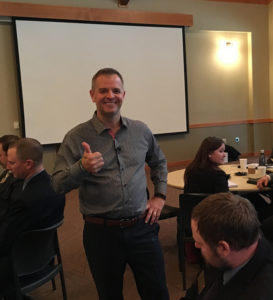
Matt Booth, Attitude Speaker
The “Navigating Negativity” formula that Matt presented provided a clear way to get to the bottom of an issue and set a plan for overcoming a problem or accomplishing a goal:
Step 1: Ask “What do you want?”
Step 2: Ask “Why do you want this?” at least 3 times
Step 3: Ask “What’s the truth?”
Step 4: Ask “What do you want to do?”
Step 5: Ask “How are you going to do that?” at least 3 times
We wrapped up the session with a discussion on learning styles. The three learning styles are:
Visual: A preference for seeing materials in order to learn
Auditory: A preference for hearing information to learn
Kinesthetic: A preference for moving and feeling to learn, or “hands-on” learning
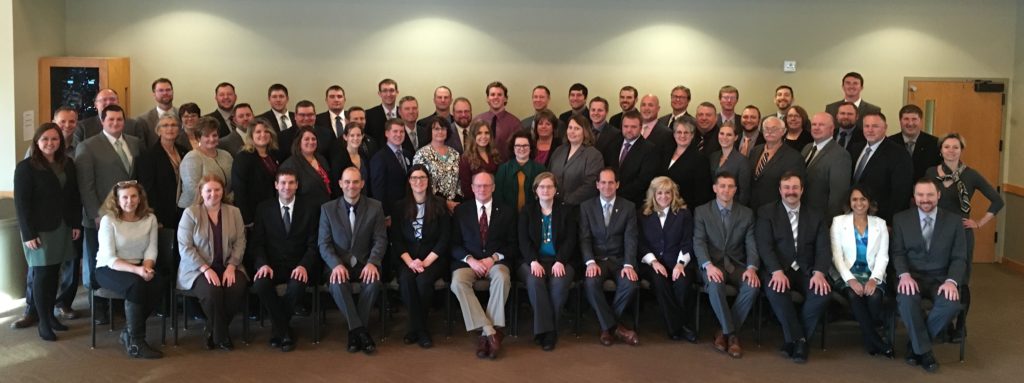
MARL and SDARL Class X, staff, and speaker Matt Booth
To demonstrate this, we used the “Communication = Understanding” exercise which incorporated visual, auditory, and kinesthetic learning tools to reach the entire audience. For me, this was particularly useful as I often think about how I can better engage audience learning styles when I am delivering presentations.
I have listened to several motivational speakers, and I particularly liked Matt’s approach of not only delivering a positive message but also providing some tools that we can use to improve our lives, our attitudes, and the attitudes of those around us. Further, I am always impressed when a speaker can keep the attention of an audience for as long as Matt did. Many thanks to Matt for joining us, it was a great session.
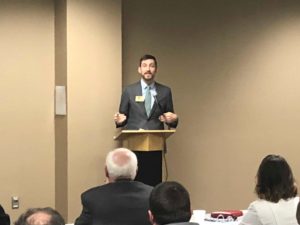
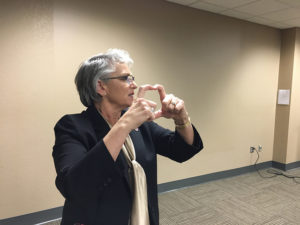
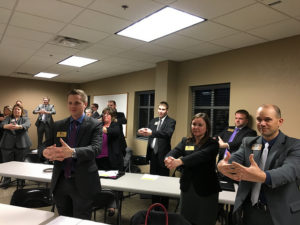
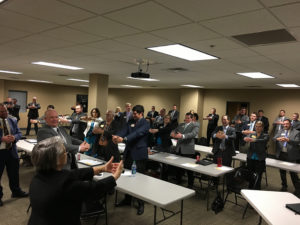
After the session at McCrory Gardens we traveled to the Innovation Center in Brookings for an ice cream social as well as some information on the Innovation Center and a wrap-up of the day in Brookings. The Innovation Center is an incubator for startup businesses and has some excellent success stories in the short time it has been in existence. Melissa Werner, the Director of Operations for the Innovation Center, provided a great overview of the Center and the opportunities that the center provides. We wrapped up the session in Brookings with some reflections led by Eriks Dunens, using the Focused Conversation method. This exercise was done in small groups mixing the MARL and SDARL groups, and allowed us to reflect on Matt Booth’s discussion and other events from the day and how they affect our lives.
It was a great day with the SDARL group, and as an SDSU alumnus, it was great to be in Brookings! We look forward to seeing the SDARL group again in Washington, D.C..
Our day was not nearly complete, however! After arriving back in Marshall we visited Brau Brothers brewery. Brau Brothers is a small, but growing, microbrewery. Dustin Brau spoke to us about his journey in starting the brewery and plans for the future. Dustin was extremely engaging and was a great host. It is really exciting to see someone so passionate about what they do. There were many questions specific to the brewing process, but also a lot of questions and discussion about the process of having a vision and then taking the steps needed to make that vision a reality. Personally, I look forward to visiting Brau Brothers again and hopefully will have a chance to chat with Dustin.
Krista Willis (MARL Class VIII) joined the group in the bottling area of Brau Brothers, with an interactive session on the MARL dress code and how to dress for success. From dark colored suits to matching shoes and belts, how to pack and travel, Krista was able to answer any question the group had. She concluded with the newly adopted “smart casual” attire for Class X, urging participants not to lose this newly acquired privilege.
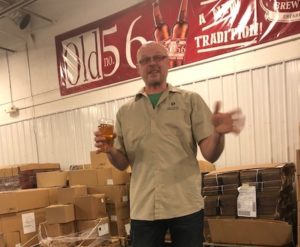
Dustin Brau, owner and brewer
Looking back, though it was a long day, it was all worth it. From the kind welcome and hospitality of the SDARL group, to Matt Booth’s inspirational message, to the exciting work fostered by the Innovation Center, and wrapping up with a really fun evening at Brau Brothers, there were so many highlights to the day.
I hope everyone has a very Merry Christmas and Happy New Year, and I look forward to seeing everyone in January in Saint Paul!
Submitted by Grant Crawford – Jasper, MN – MARL Class X
